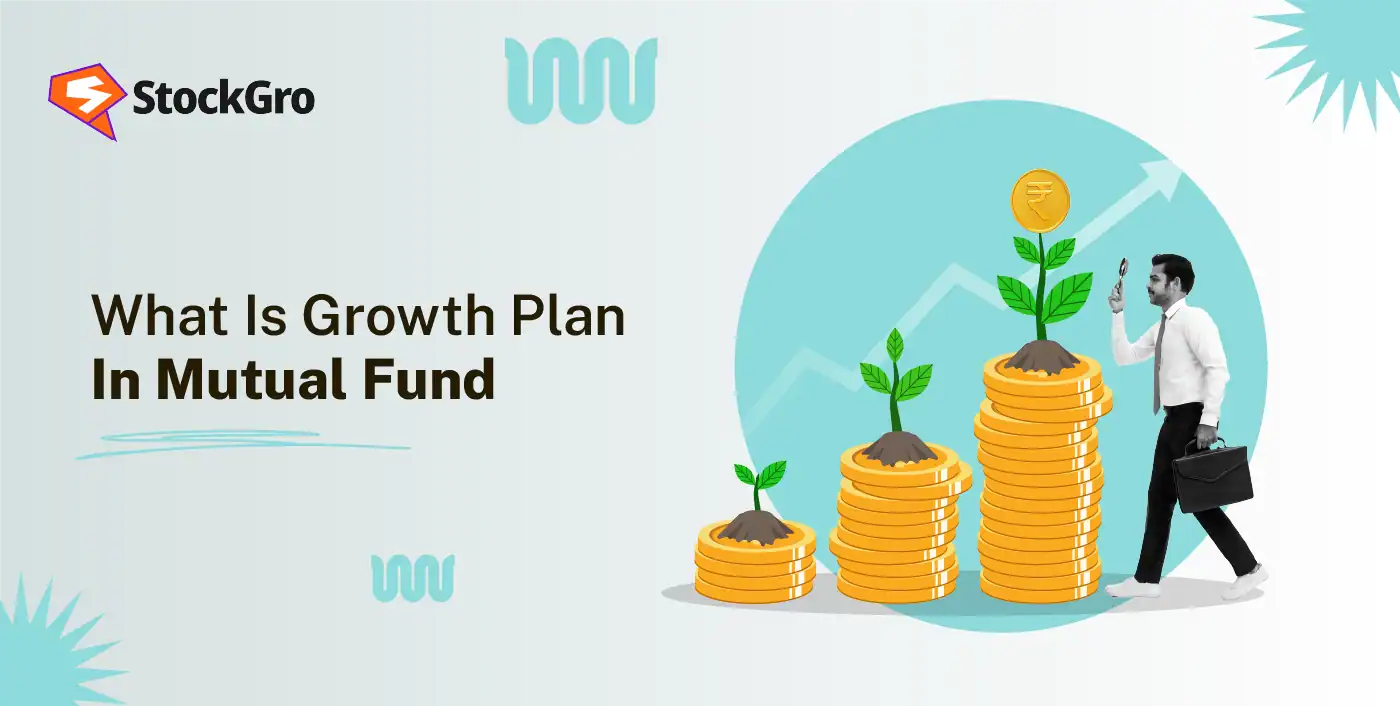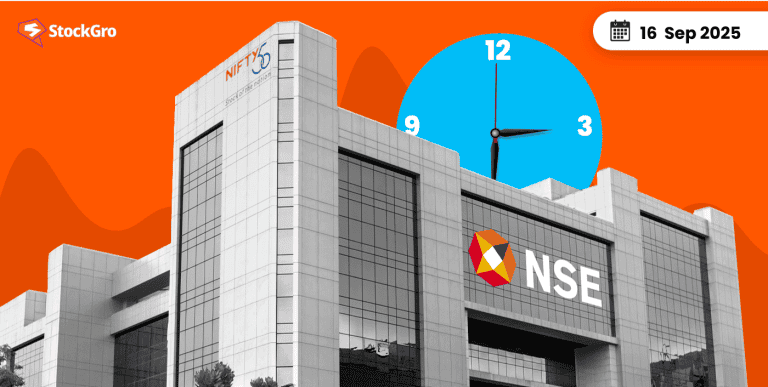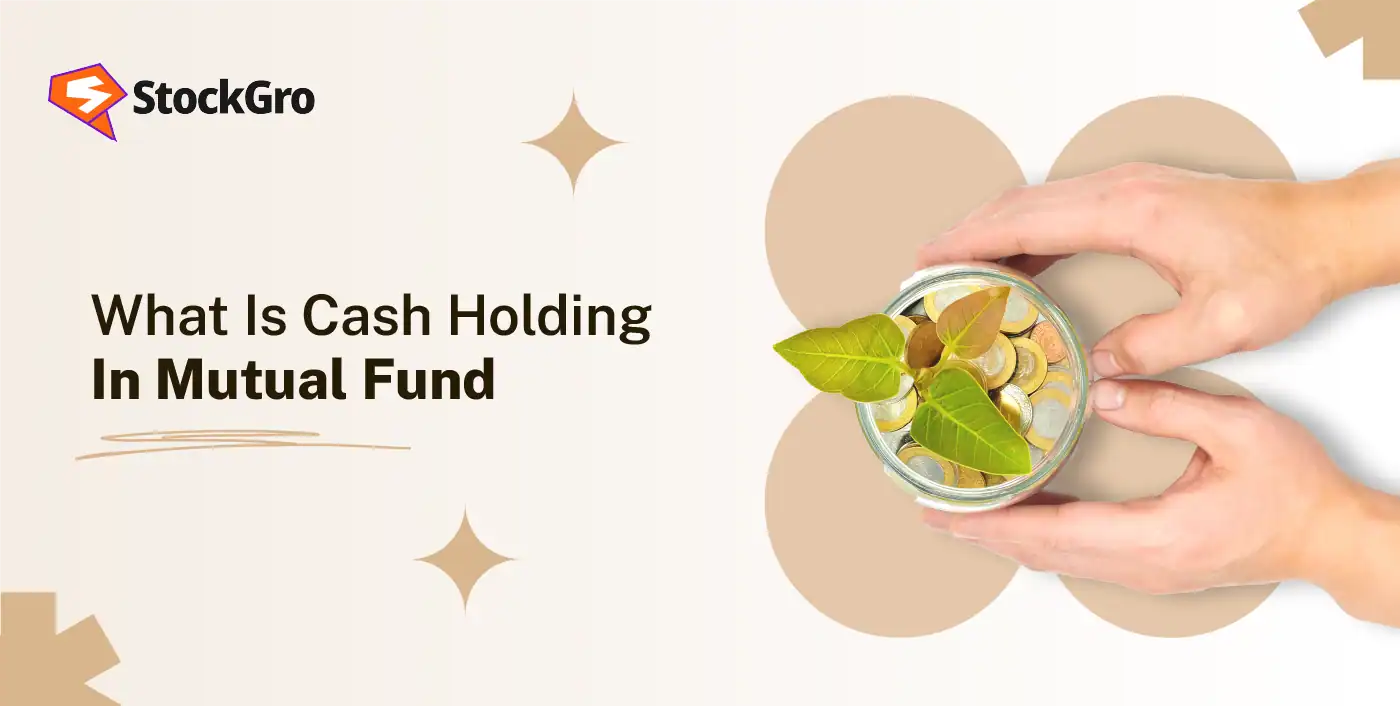
Investing in a mutual fund is a comfortable ride on your journey to successful investment. A growth fund reinvests its profits back in the same company or sector instead of disbursing it, helping the investors to leverage the power of compounding.
According to AMFI, India’s mutual funds stand at an all time high of ₹75.19 lakh Cr in AUM as of August 2025. Also equity related schemes, which include growth funds, accounted for 59.94% of the AUM, which underscores its popularity among investors who seek capital appreciation.
To help you make better investment decisions, this blog will walk you through what a growth fund in mutual funds is, its features and benefits, tax implications, and common questions investors ask.
What Is Growth Fund in Mutual Fund?
A growth mutual fund is a type of mutual funds that prioritizes the appreciation of the Net Present Value(NAV) of the fund rather than disbursing dividends. The main concept is to leverage the power of compounding to provide high returns after the maturity or redemption of the fund.
How Growth Funds in Mutual Funds Work?
Growth funds have a range of portfolio options for investors, comprising fast-growing equities. Even though it is considered a little risky in comparison to other funds, it attracts investors who usually stand for a medium to long-term period.
The fund managers deploy a growth-centric approach by investing in industries noted for innovation, expanding market opportunity, and rapid increase in revenue, in anticipation that earnings and share price would grow. They generally avoid the high-dividend-yielding companies.
Types of Growth Mutual Funds
Large-Cap Growth Funds
Large-cap Growth funds invest in large-cap companies(₹50,000 Cr and above) that give above-average returns. In August 2025, large cap funds had an inflow of ₹2,835 Cr. These funds have lower risks associated in comparison to mid-cap and small-cap funds. Examples: Nippon India Large Cap Fund, ICICI Prudential Large Cap Fund, HDFC Large Cap Fund.
Mid-Cap Growth Fund
Mid-cap Growth Funds invest in medium-cap companies(₹18,000 to ₹50,000 Cr)that offer potential for notable growth. Mid-cap funds had an inflow of ₹5,331 Cr in Aug 2025. It holds a higher risk in comparison to large-cap funds. Example: Motilal Oswal Midcap Fund, HDFC Mid Cap Fund, Nippon India Growth Mid Cap Fund.
Small-Cap Growth Fund
Small-cap Growth Funds invest in small-cap companies(Below ₹18,000 Cr) that are at an early growth stage. While they have rapid growth possibilities, they often come with a higher risk. As on Aug 2025 inflows from small-cap funds stands at ₹4,993 Cr. Examples: Quant Small Cap Fund, Bajaj Finserv Small Cap Fund, SBI Small Cap Fund.
Global Growth Fund
Exposed to global growth possibilities,International or Global Growth Funds diversify the investor’s portfolio beyond their domestic markets. Adding to offers and access to different markets with high-growth regions comes currency risk and further complications. Some global funds are Edelweiss US Technology Equity FoF, Aditya Birla Sun Life Global Excellence Equity FoF, Franklin U.S. Opportunities Equity Active FoF.
Features & Benefits
- Invest in High-Growth Companies: This is the core strategy of growth funds, where they analytically select companies with high growth potential. Upon analysing factors like growth in revenue, EPS, market trends, ability to outperform peers, and the overall management, the fund managers select the funds.
- Diversification and Portfolio Management: The fund manager often diversifies the capital into different companies and sectors with growth potential in order to mitigate risks. They indulge in active management of the investor’s portfolio by continuously monitoring the funds and adjusting them to market volatility and growth potential.
- Prioritize Returns over Dividends: In growth funds, investors do not get regular payouts, that is, dividends. Its aim is to provide high returns over a long period, say 5 years, by reinvesting the profits back in the fund.
- Volatility is a part of the Game: Investments are subject to market risks, so are growth funds. They inherit a high risk in comparison to other funds. However, higher risk equals higher returns. So fingers-crossed!
- Power of Compounding: By now, we are aware that we are supposed to stay for the long term in the case of growth funds. The longer you play the game, the better you get.
Risks & Considerations
While we know growth funds offer high returns over the long term, they also have these shortcomings that must be considered before making investment decisions. Growth funds do not pay dividends, as they reinvest them to increase the total capital investment or the NAV. As they select stocks with high value, it is often associated with higher risk due to market volatility. Also, these funds are redeemed upon sale; therefore, they might be subject to tax from capital gains.
However, it can create long-term wealth, especially for young investors with time on their side.
Growth Funds vs Dividend Funds
| Key Differences | Growth Funds | Dividend Funds |
| Profits | Reinvested back to the fund | Disbursed to the investors |
| Returns | Yield higher return due to the magic of compounding, as profits are reinvested resulting in increased NAV overtime | Here, dividends are deducted from the NAV, resulting in reduced NAV |
| Net Asset Value-NAV | On long-term basis, total returns is often higher than dividend | As dividends are paid periodically, returns are lower in comparison to growth fund |
| Tax Treatment | May be subject to taxed as capital gains upon redemption | Treated as income, therefore is subject to income tax slab rates |
| Investor Profile | If you want to be on the horizon for a long time and expect higher returns and not dividends, you’re in! | If you prefer dividends and steady cash flows, you may consider a dividend fund. |
Ideal Investor Profile
Let us learn more about the ideal investor profile for growth funds!
- Are you comfortable being on the horizon for a long time? Say 5 Years! If yes, growth funds can be your type. It’s in their nature to invest in companies with high expansion potential that take time to show results.
- Do you have an appetite for risks? Because we know that stock markets are subject to market risks, if you can stand the risks now, you can build your wealth in the future.
- Growth funds are like our old but gold fixed deposits; the magic of compounding pours in, and the returns keep going higher, but just with a little more risk. So if you seek to increase the NAV of the fund to higher returns, go for growth funds!
Tax Implications (if India-specific)
In the case of a growth fund, tax is charged only after you redeem it by means of sale, which is considered capital gains, and you are subject to tax based on your holding period. When the time horizon is less than a year, then it is treated as short-term capital gains and is taxed at the investor’s normal income tax slab rates. But, when the time horizon is more than a year, it is treated as long-term capital gains and is taxed at 12.5% above ₹1.25 lakhs.
Conclusion
Growth funds are like planting a sapling today and watching it grow over time under the sunlight(higher returns by compounding) and thunderstorms(market volatility). It is highly suitable for investors in their 20s, as they have a major advantage, which is time. Just as they provide the benefit of higher returns, it is necessary to look for the drawbacks and align your own investment objectives before investing.
FAQs
A growth fund is a type of mutual fund that invests in stocks and companies with high expectations of expansion. Their absolute focus is on higher returns over a long time horizon, by re-investing the profits into the fund to increase the NAV, rather than disbursing regular dividends.
Their main focus is capital appreciation; therefore, they reinvest the profits into the same source to help the companies or sectors expand over a long period and leverage compounding to yield higher returns.
There are a few categories of growth funds based on market capitalization and geography, which are large-cap, mid-cap, small-cap, and global growth funds.
Growth funds generally involve very high risks and require patience; therefore, it is better suited for young or risk-tolerant investors.
In growth funds, profits are invested back into the companies or sectors that increase the total capital investment of the investors, and they benefit from compounding. In dividend funds, dividends are usually paid at regular intervals, which are again deducted from the total capital investments, resulting in lower returns in comparison to growth funds.
The risk here is market volatility, as they are being invested in booming sectors or companies. Returns are high but not guaranteed, and there is no regular dividend.
In growth funds, investors are taxed only when they sell the growth funds, resulting in capital gains. For holding periods less than a year, that is, short-term capital gains, it is treated as income tax slab rates. And for holding period more than a year, that is long-term capital gains, is taxed at 12.5% above 1.25 lakhs.

